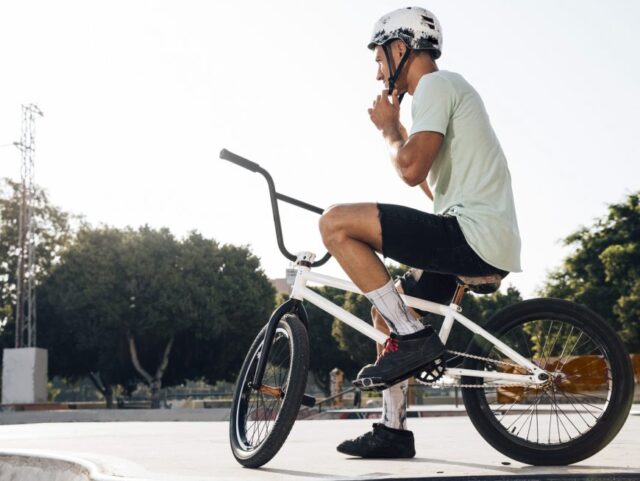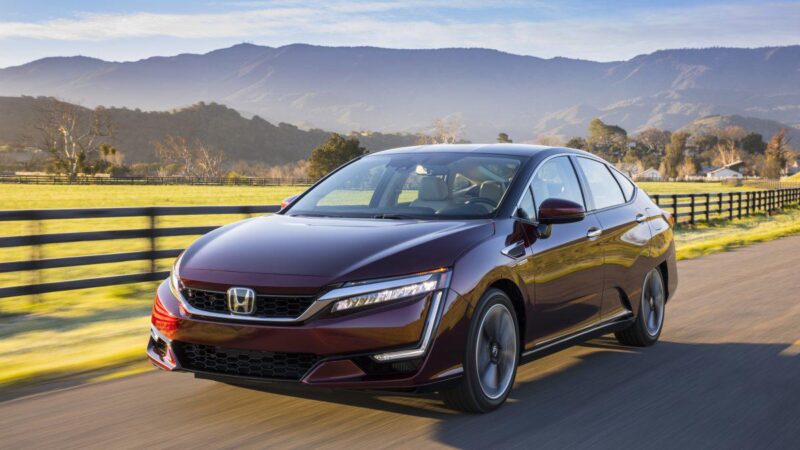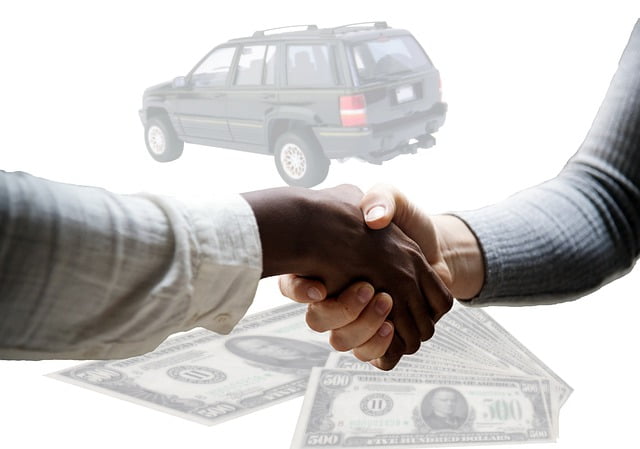Things to Consider Before Buying a BMX Bike

BMX stands for Bicycle Motocross. They have a single cassette gear, high-rise handlebars, and a stiff frame and fork. They are sturdy, simple to repair, and easy to comprehend because of their simple structure.
If you want to purchase a BMX bike for a competitive sport, showcase your stunts, or get some exercise on rough terrain, there’s no better place than a BMX shop.
Your Checklist While Purchasing a BMX Bike
#1 Get It at a BMX Shop
You may get excellent prices from internet retailers. However, it’s uncommon for someone to inquire about which bike fits them better than others. The motorcycles can frequently be out of date. You will also be unable to put them to the test.
BMX bikes need servicing and maintenance within a specific time frame. You can keep your bike in good working order by bringing it in for periodic maintenance, and you could even pick up some helpful advice on how to fix your bike yourself if you purchase from a BMX shop.
#2 Select the Correct Size
Even seemingly modest size changes can completely alter how a bike feels. For each rider, large or tiny, a suitable frame is available. If you have the option of purchasing your bike from a BMX Shop, test it out on the street to ensure you are comfortable riding it. It’s preferable to test many models until you are sure of what you want rather than regretting your rash decision later.
#3 Choose the Correct BMX Bike
Not every BMX bike is the same. When choosing a full bike, it’s crucial to consider what kind of riding you’ll be doing on it because certain bikes are made expressly for various sorts of riding. Here are some BMX bike varieties.
Freestyle/Street
This style of BMX riding is arguably the most popular one nowadays. Most freestyle riding takes place at skate parks or on public streets and includes navigating ramps and other obstacles.
Dirt Jump
Another type of freestyle BMX involves riding bicycles over dirt or soil jumps to fly into the air. This fashion originated in BMX track racing.
Racing
BMX race bikes are designed for tracks that have rollers, banked turns, and jumps. You require a lot of power, speed, exercise, and sports drinks.
Flatland
It is based on balance and control and is known as the waltz of BMX. For slow-speed tricks on flat terrain, flatland bikes are therefore geometrically different from other bikes.
#4 Check Important Components
Examine every component of the bike to determine the level of quality you are receiving. It would help if you focused on the following areas:
Tiny Sprocket
Look for a tiny, 25–30t sprocket at the front. Any bike significantly larger than that is likely bulky, challenging to do tricks with, and outdated.
Brakes
Even though many BMX bikes don’t have brakes, if you’re a beginner, please ride with at least a rear brake.
Heavy-Duty Wheels
Double wall rims are far more resilient than single wall rims and, as a result, will last a lot longer. Single walls dent easily. Triples don’t.
Securing Bearings
Unsealed bearings might loosen, so your bike might require much more maintenance in the long term to keep it operating properly. You’ll ride clean for a lot longer if you check for sealed bearings in the bottom bracket, headset, bottom, and rear hubs.
Peg
A steel tube known as a peg is located at the end of each wheel axle. Use four knurled metal pegs as a platform to stand on when flatland riding to twist the bike into even more bizarre configurations. Pegs are used in Freestyle BMX to grind on obstacles.
Final Thoughts
Riding BMX bikes in demanding settings like skate parks or pump tracks is exciting. Another great characteristic of a BMX bike is its minimal weight, which contributes to its longevity and steadiness when riding.





